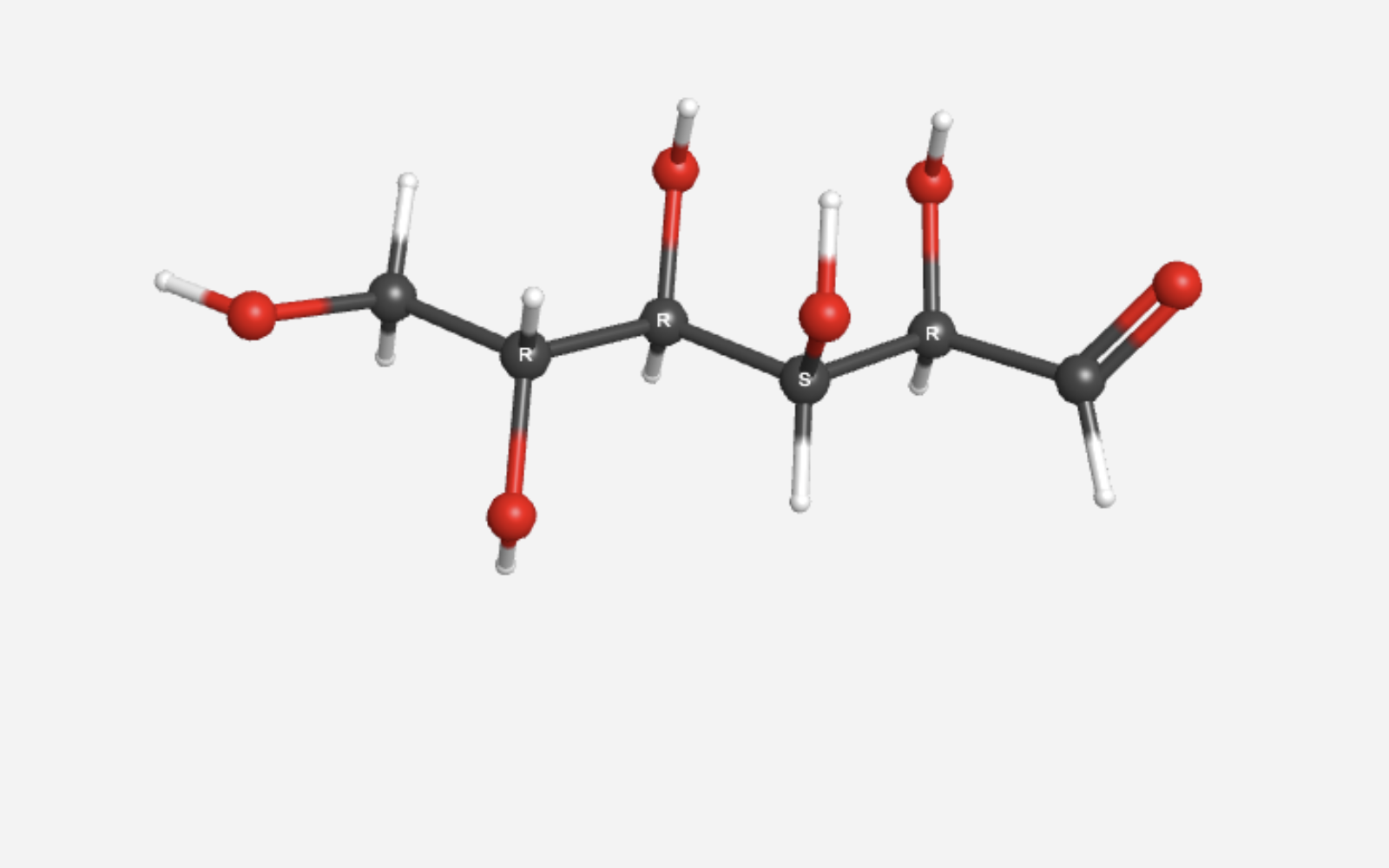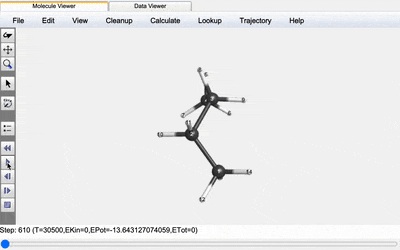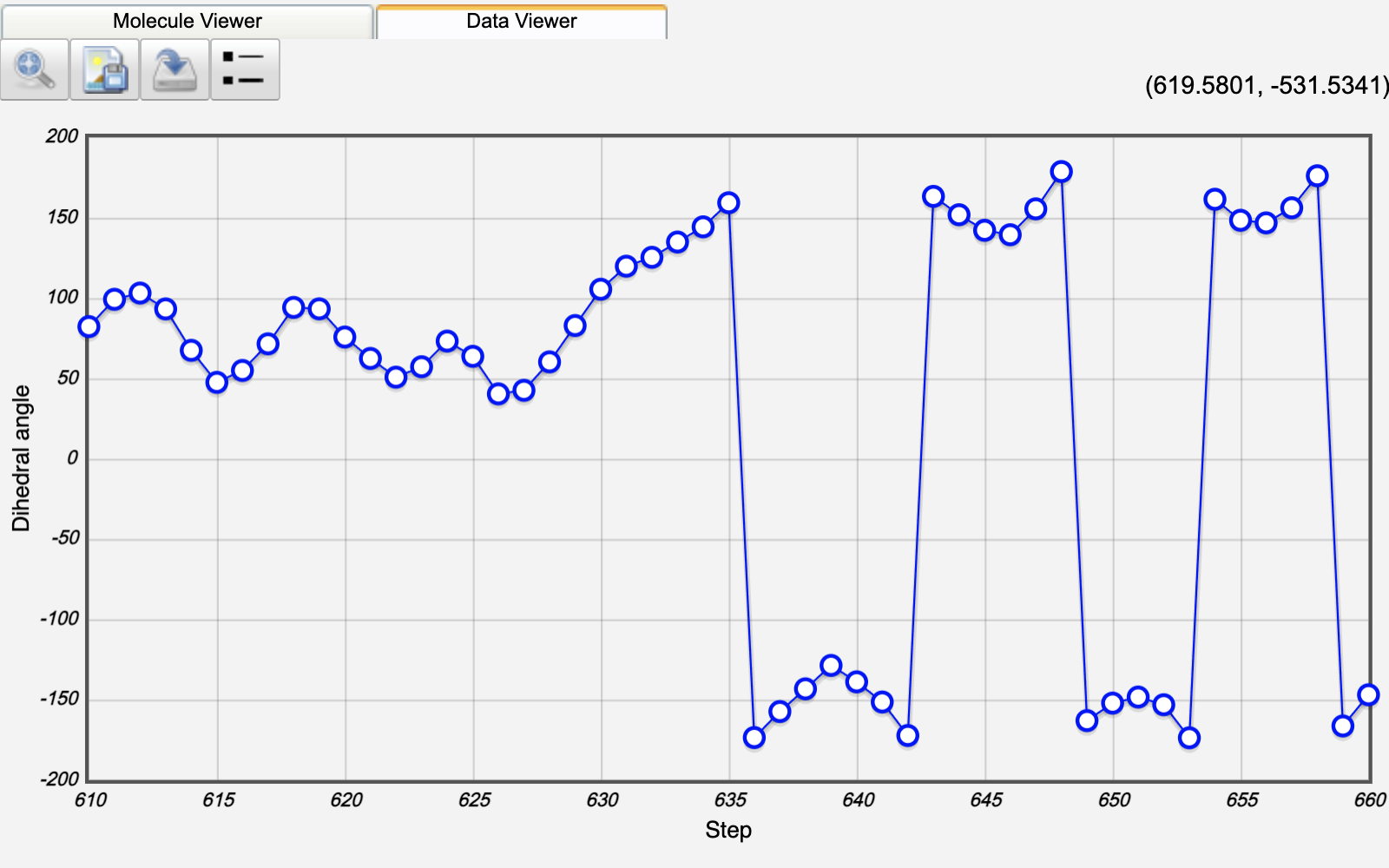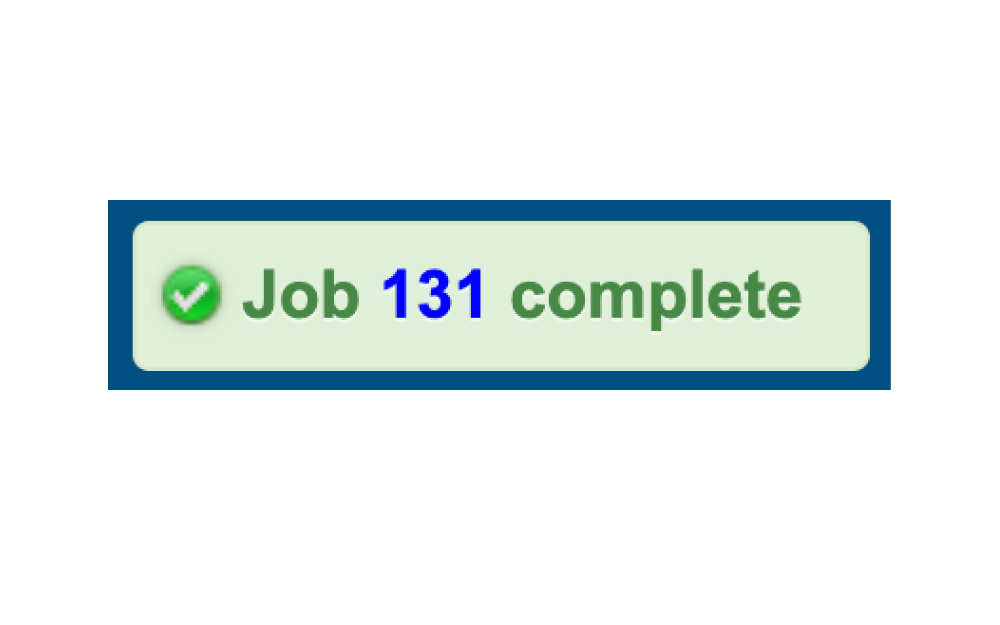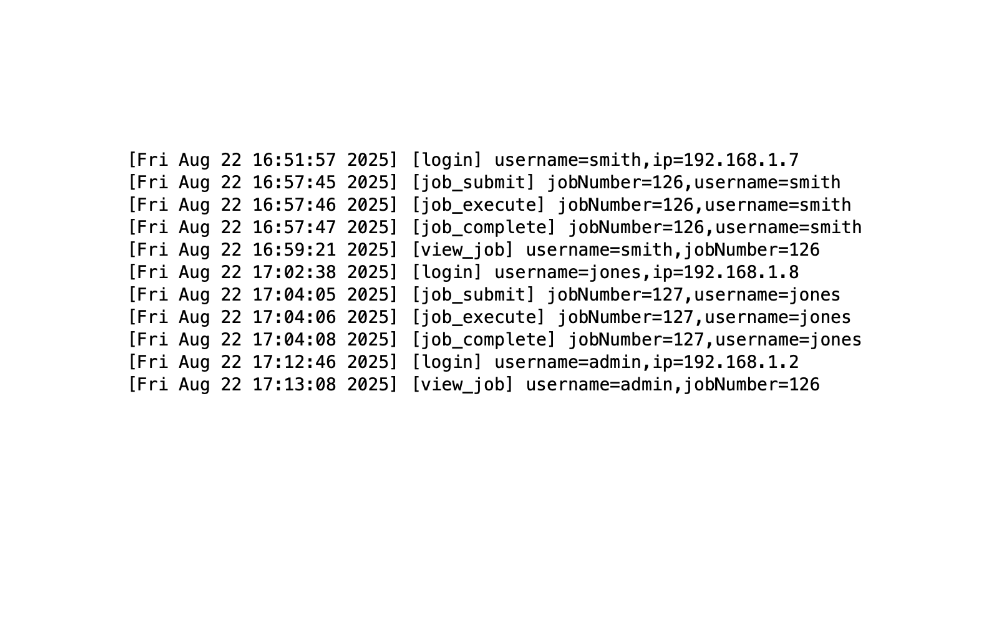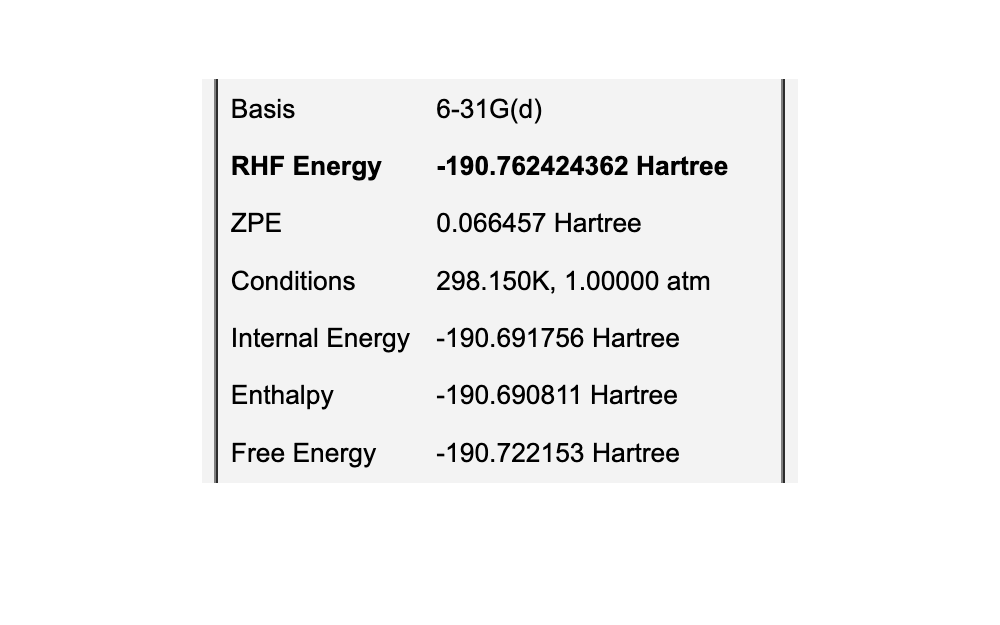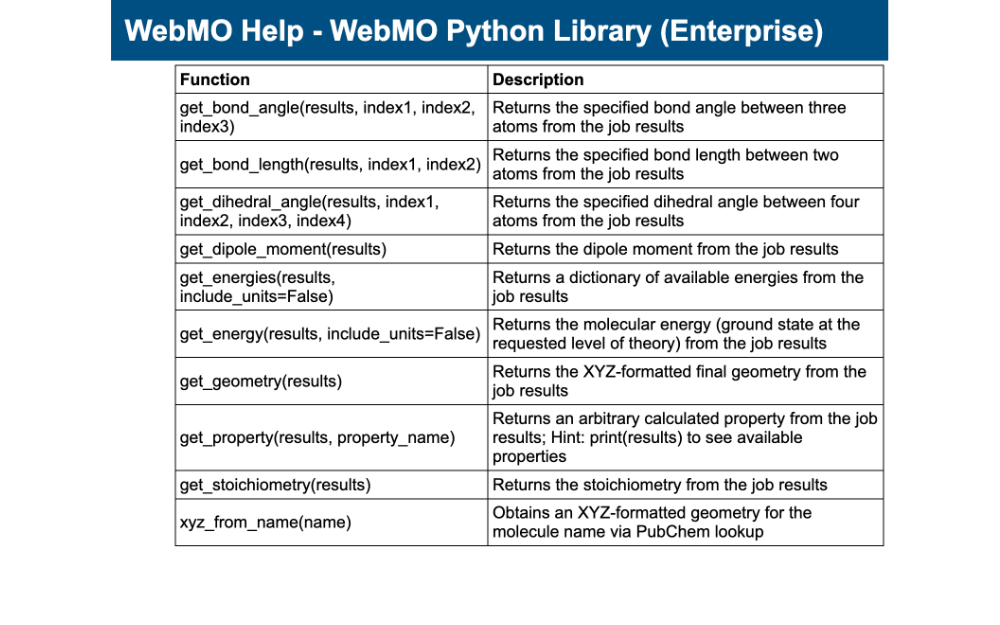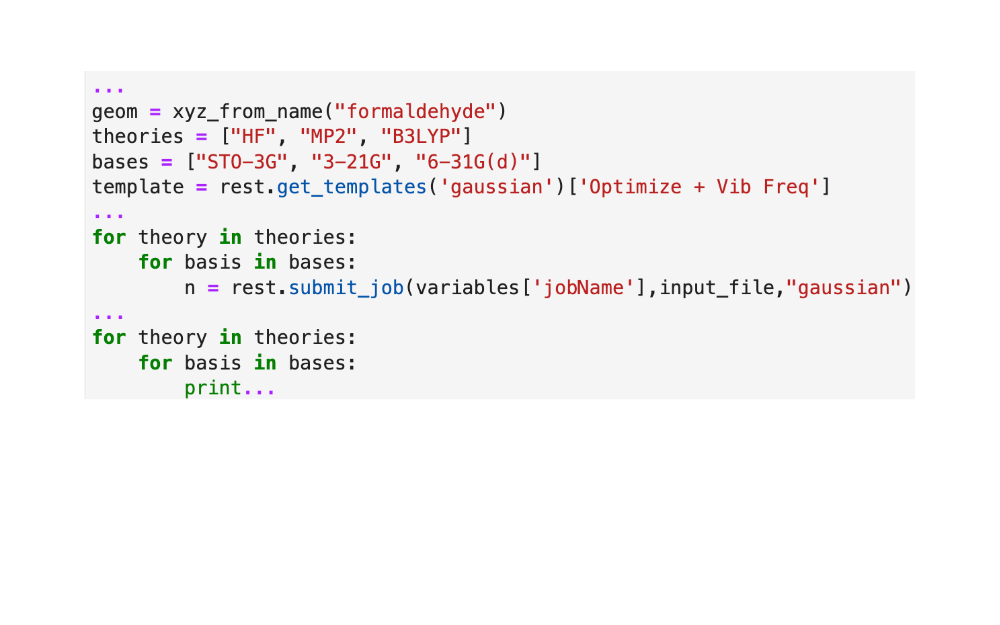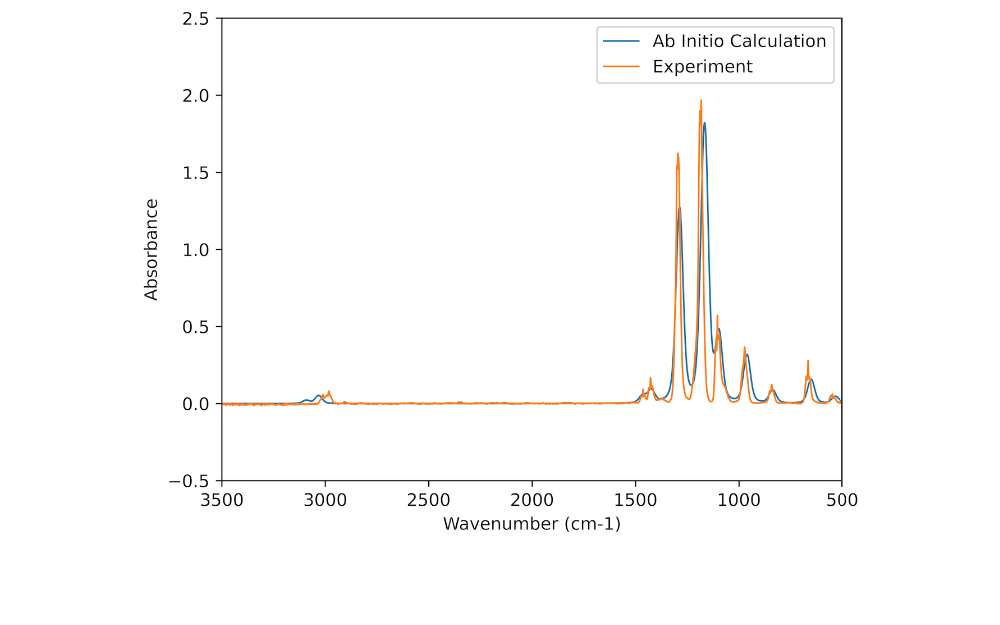WebMO News
WebMO is continually enhancing its software products by adding new capabilities, expanding compatibililty, and providing support and resources for our userbase. Our latest changes follow!
WebMO Version 25 is Released!
New or updated features in WebMO 25 include:
- Detection and display of stereochemistry (R/S, E/Z) within 3D editor
- Interactive analysis of AIMD trajectories and optimizations
- Real-time monitoring and notification of job status
- Optional logging of user and administrative actions
- Native clipboard integration within 3D editor
- Parsing/display of desired "reference" energy
- Color legend for mapped isosurface properties
- Enhanced Python library and analysis tools
- Support for Orca 6, Q-Chem 6
- Additional compatibility and bug fixes
Extending WebMO with Python
WebMO contains an interface to Python that allows jobs to be submitted and results obtained using simply Python commands. This allows for automation of job submission and custom analysis of job results.
The WebMO Python library supports:
- Easy lookup of molecular structures
- Access to all job calculation types available within webMO
- Job submission and monitoring
- Access to all parsed calculation results from WebMO
- Displaying values, images, and spectra computed within WebMO
JupyterLab Notebook Examples
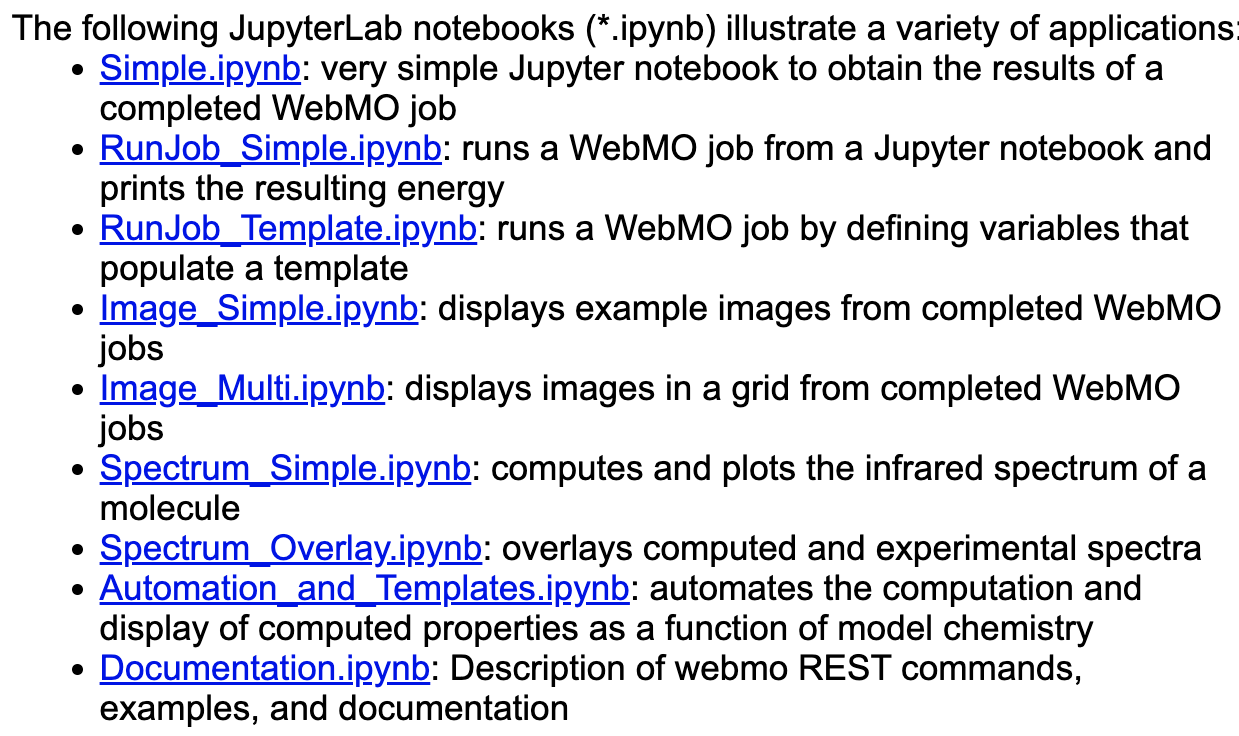
JupyterLab Notebooks are interactive documents that combine explanatory text, experimental or theoretical data, images , and Python code in a transportable, web-based format. They are the modern, open-source version of MathCAD, Maple, and Mathematica documents.
WebMO Enterprise includes many JupyterLab Notebook examples that illustrate how to use Jupyter and Python to customize and extend WebMO.
These may be downloaded and run in your JupyterLab environment.
WebMO in Education and Research
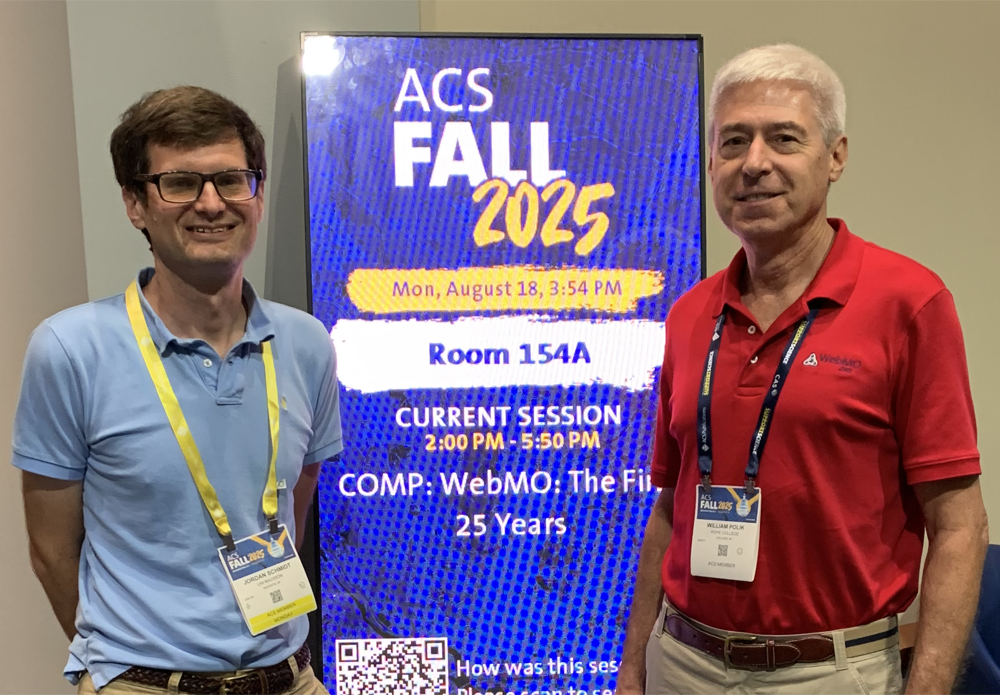
Nineteen speakers made presentations at the "WebMO: The First 25 Years" Symposium held at the Fall 2025 ACS National Meeting in Washington DC on August 18 2025 in morning and afternoon sessions.
Many examples were given of using WebMO to teach chemistry and promote research. Several consortia using WebMO were described. Complementary interfaces for computational chemistry programs were presented, along with opportunities for collaboration.
It was an inspirational event that highlighted the work of many educators in putting WebMO and computational chemistry in the hands of students and researchers.
WebMO in the Literature
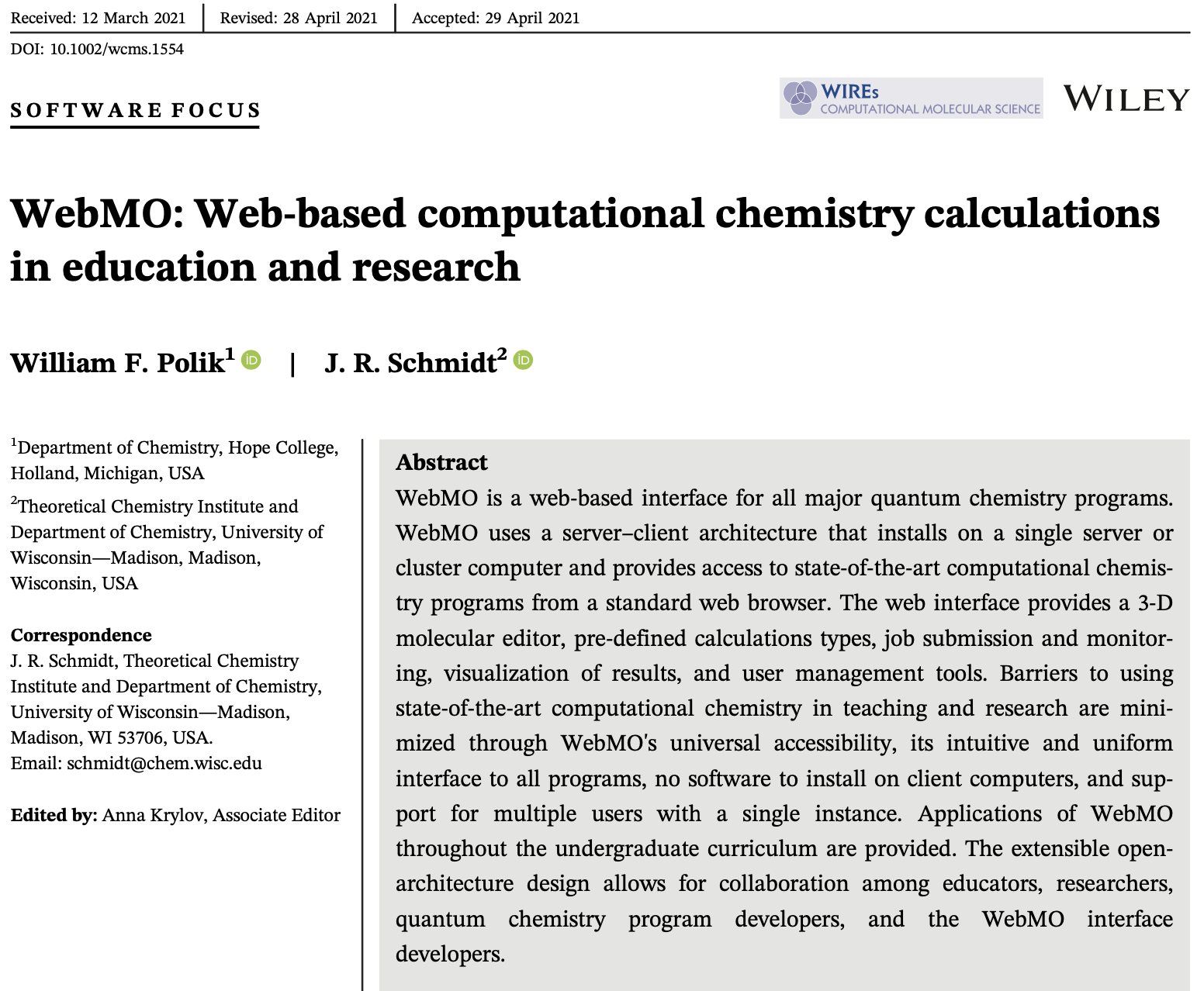
WIREs has recently published WebMO: Web-Based Computational Chemistry Calculations in Education and Research.
The article covers:
- Overview of WebMO Capabilities
- Architecture and Technology of WebMO
- Educational Applications Across the Curriculum
- Research Applications
- Use by Consortia and Workshops
- Future Directions
Examples of using WebMO are provided for general, organic, physical, inorganic, biological, analytical, materials, and computational chemistry. Many literature references are included!
WebMO App
The WebMO app is free for iOS and Android devices.
Using the WebMO app, molecules can be drawn using its 3-D editor or imported from external databases. Molecular mechanics, extended Huckel, electrostatic, and symmetry calculations can be performed locally. Molecular property lookup is provided through informational, safety, and spectral databases (PubChem, ChemSpider, NIST WebBook, Aldrich, SDBS, NMRShiftDB). High-level computational chemistry jobs can also be submitted to a WebMO server and viewed from your phone, tablet, or computer.
Install the WebMO app on your smart device today from either the Apple App Store or Android Play Store!
WebMO in the Cloud
WebMO can be installed and run in the Cloud for as little as $1/day! Furthermore, one doesn't pay for a cloud instance when it is not running. This makes WebMO in the Cloud ideal for instructional use, e.g., for a computational chemistry lab that might run for only 2 weeks each year.
WebMO provides instructions and automated installation scripts for Google Cloud Platform, Amazon Web Services, and Microsoft Azure
WebMO on Windows
The traditional installation of WebMO Basic/Pro on Windows as a native process will be deprecated in the future. Windows is being supported through the Windows Subsystem for Linux (part of Windows 10 and 11). This allows for support of WebMO Basic/Pro/Enterprise, a much wider choice of computational engines, and no need to install third-party Perl and Apache within Windows.
See the new instructions for installing WebMO using Windows Subsystem for Linux.
